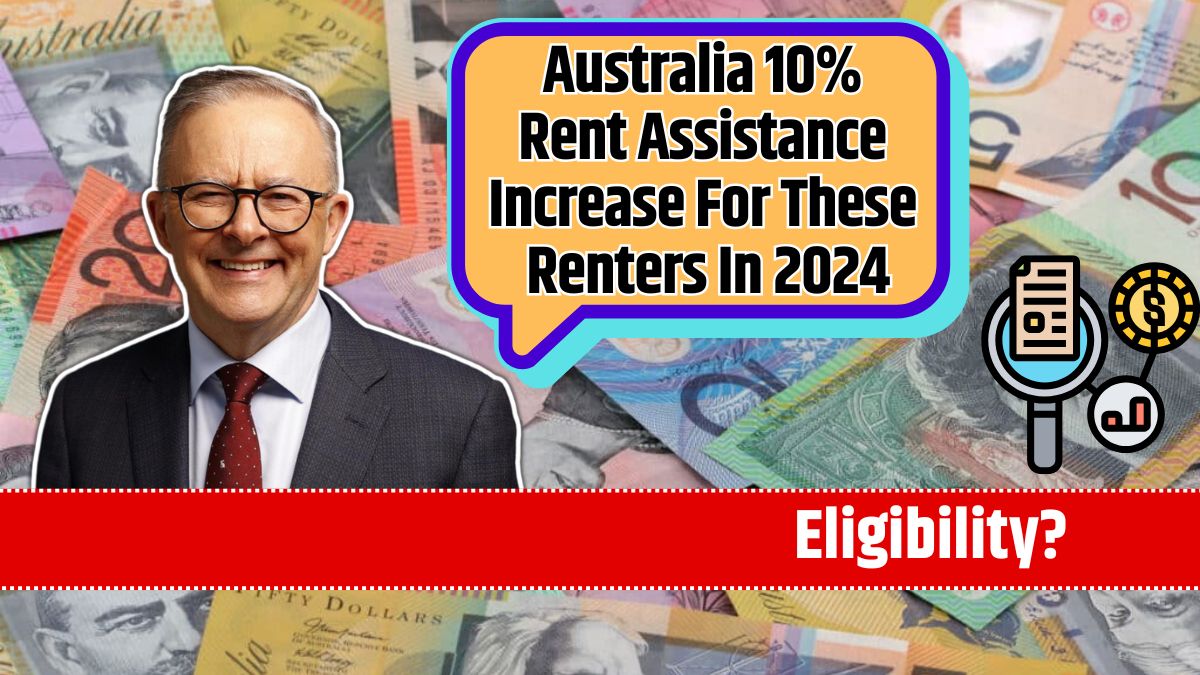Understanding Canada’s average income in 2024 offers valuable insight into the nation’s financial landscape, especially for individuals navigating career planning, relocation, or budgeting.
While the average annual income ranges between $55,000 and $60,000, this figure varies widely based on location, industry, experience, and demographic factors. Here’s a detailed look at the income trends shaping Canada this year.
Canada Average Yearly & Monthly Income
| Category | Details |
|---|---|
| Average Annual Income | $55,000–$60,000 |
| Average Monthly Income | $4,500–$5,000 |
| Median Household Income | $66,800 (2020 data) |
| Highest-Paying Sector | Mining, Quarrying, Oil and Gas: $113,506 |
| Lowest-Paying Sector | Retail: $36,970 |
| Gender Pay Gap | Women earn $16,000 less annually on average |
| Minimum Wage | $14–$17.40/hour depending on the province |
Why Income Varies Across Canada
Industry and Job Type
Certain industries pay significantly higher than others. For example:
- High-Paying Sectors:
- Mining, Quarrying, Oil, and Gas Extraction: $113,506/year.
- Finance and Insurance: $76,843/year.
- Healthcare and IT roles also command above-average salaries.
- Low-Paying Sectors:
- Retail: $36,970/year.
- Hospitality: Similar low-income trends are common here.
Experience and Age
Income typically increases with experience. For instance:
- Workers aged 45-54 earn the most, averaging $68,400/year.
- Younger workers aged 25-34 average $47,000/year.
Regional Disparities
Location plays a significant role:
| Province/Territory | Average Annual Income |
|---|---|
| Alberta | $66,910 |
| Ontario | $61,873 |
| British Columbia | $58,678 |
| Quebec | $54,050 |
| Prince Edward Island | $52,195 |
Urban centers like Toronto, Vancouver, and Calgary offer higher wages to offset elevated living costs, while rural areas generally have lower average incomes.
The Impact of the Cost of Living
While incomes may appear robust, the cost of living in major cities often diminishes purchasing power:
- Monthly Expenses (Excluding Rent):
- Single person: $996.
- Couple: Over $3,500.
Provinces with lower costs, such as Quebec or Manitoba, provide more spending power relative to income, compared to high-cost regions like Ontario or British Columbia.
Income Disparities: Gender, Age, and Ethnicity
Gender Pay Gap
- Women earn $16,000 less annually than men on average.
- Men’s average income: $59,200/year.
- Women’s average income: $43,200/year.
The gap narrows among younger workers but persists across industries and age groups.
Age-Based Earnings
- Peak earning years: 45-54 ($68,400/year).
- Early-career workers: 25-34 ($47,000/year).
Ethnic Income Gap
- Black and Filipino workers: Average $43,800/year.
- South Asian workers: Average $44,900/year.
- Recent immigrants often start with lower incomes but close the gap within 10 years of residence.
Rural vs. Urban Income Trends
Rural areas typically offer lower salaries due to limited industry presence, whereas urban centers provide higher wages to attract talent:
- Manitoba Rural Areas: $45,000/year.
- Winnipeg (Urban): Higher averages due to economic opportunities.
How Canadians Can Navigate Income Trends
Evaluate High-Paying Industries
Consider careers in growing sectors like technology, finance, or healthcare, which offer competitive salaries and advancement opportunities.
Balance Salary with Cost of Living
For those living in high-cost cities like Toronto or Vancouver, compare job offers with regional living expenses to ensure sufficient purchasing power.
Close the Gender and Ethnic Gaps
Advocating for equal pay and seeking employers committed to diversity and inclusion can help address income disparities.
Canada’s income landscape in 2024 showcases both progress and persistent challenges. Understanding how factors like location, industry, and demographics influence earnings can help individuals make informed career and financial decisions.
As the economy evolves, keeping up with these trends will be essential for Canadians seeking financial stability and growth.













